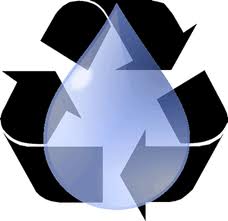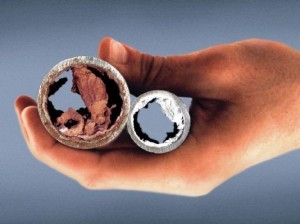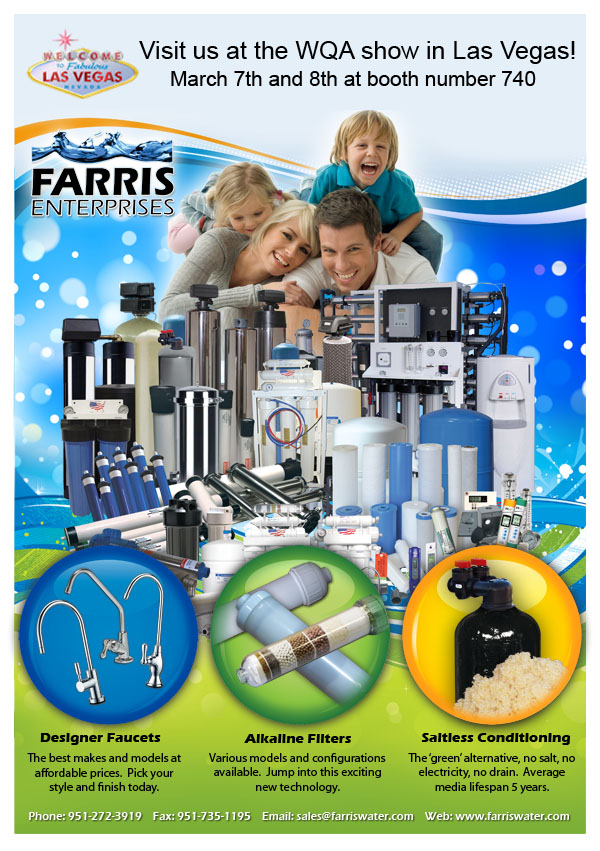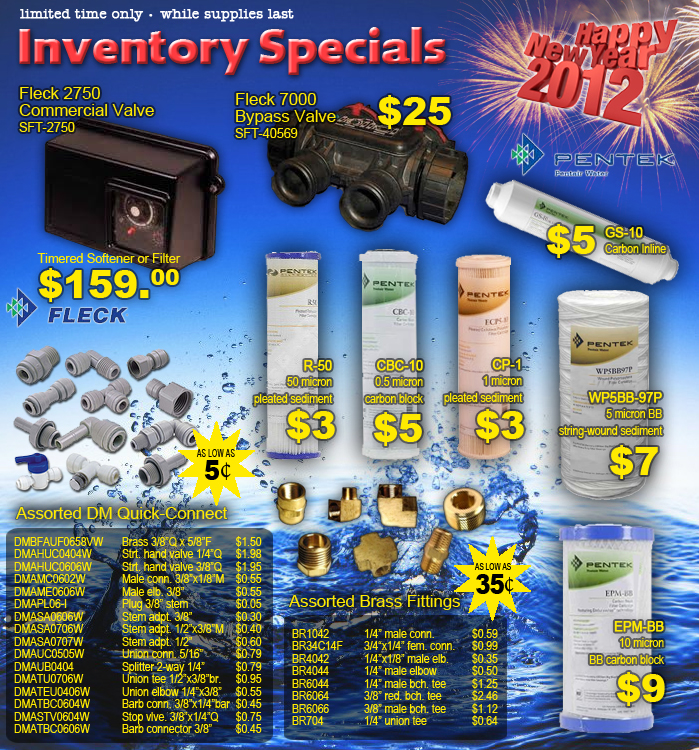By Doug Berjer
 For those involved with water management systems, 2012 is likely to put water concerns and conservation on center stage. For one thing, the new LEED-certification criteria to be introduced this year are going to make water conservation a high priority. This means facilities wishing to be LEED certified will be required to demonstrate steps they are taking to reduce water consumption.
For those involved with water management systems, 2012 is likely to put water concerns and conservation on center stage. For one thing, the new LEED-certification criteria to be introduced this year are going to make water conservation a high priority. This means facilities wishing to be LEED certified will be required to demonstrate steps they are taking to reduce water consumption.
Most of us knew this would be coming. After all, we have all heard water experts say that water will become the “oil of the 21st century.” And Patrick Lucey, a Canadian water expert, predicts: “the future will be written in water … not ink.” By this he appears to indicate the world will be increasingly divided into those countries that have enough water to meet their current and future needs … and those that do not.
The bottom line is that water consumption around the world, and here in North America, is on the upswing due to growing populations and increased demand for water. At the same time, climate changes are causing some traditionally water-rich areas to become water poor … and vice versa — all causing havoc for water management teams working to meet growing water demands.
Although new technologies will help address the problem, educating end users — such as the managers of large and small office complexes, airports and similar structures — on ways to reduce water consumption may be even bigger help. All aspects of building operations must be reviewed, and one that should not be overlooked is cleaning and maintenance. Water is used in many cleaning procedures, and managers and water management professionals may be surprised at just how much water is used in cleaning … and how it can be saved.
Conserving Water When Cleaning Carpets
Most of us have seen cleaning professionals using sprayers (water and chemical mixtures) to clean restroom fixtures, countertops, glass doors, etc. Although water is used for these cleaning activities, consumption is minimal and not of great concern.
However, the two areas where water is used — and often wasted — significantly are carpet and floor care. Let’s explore carpet care first. Although recent trends indicate that the installation of carpeting is on the decline in commercial facilities, there are still millions of square yards manufactured and installed in commercial locations in North America every year. Also evolving is a trend to clean carpets with “interim” cleaning methods along with extraction, the most effective and thorough way to clean carpets.
Interim methods, which include dry cleaning, shampooing and bonnet cleaning, use relatively moderate amounts of water. But as the name implies, these are quick or temporary cleaning methods. Most large facilities eventually must have their carpets cleaned using the extraction method two to four times per year. And some locations, such as airports, may clean their carpets as often as once per week due to traffic volume.
With carpet extraction, pressurized water/cleaning solution is forced into carpet fibers and then extracted (referred to as moisture recovery) along with soils and contaminants. Conventional and older extractors may use 1.5 gallons of water per minute, sometimes more. This means cleaning carpets for 60 minutes, a conservative amount of time in a large property, could easily consume 90 gallons of water. Further, the soiled water mixed with chemicals is then poured down drains, where it has the potential of contaminating waterways.
Fortunately, carpet cleaning manufacturers are aware of this significant use of water and are attempting to reduce consumption. The most significant advance in reducing water consumption is the introduction of recycling carpet extractors. With these systems, the water/cleaning solution is recycled up to seven times before it must be discarded. In our example mentioned earlier, instead of 90 gallons of water, most likely only 10 to 15 gallons would be necessary, more than an 80 percent reduction.
Floorcare and Water Conservation
Unfortunately, developing ways to reduce water consumption in floorcare, specifically stripping and refinishing floors, is currently a “mixed bag” in the professional cleaning industry. Some manufacturers are developing machines that essentially depend on “ionized” and alkaline water to clean floors. Conserving water with these systems is not a focus.
However, other manufacturers are developing what are termed “low-moisture” floor scrubbers. These machines use less water because greater emphasis is put on the machines’ brushes and agitation to loosen and remove soils from surfaces.
The system that probably uses the least amount of water to scrub floors is referred to as cylindrical brush technology. Instead of using rotary brushes, which have a tendency to glide over floor surfaces, these machines have cylindrical brushes that turn counterclockwise. These brushes are designed to dig deeper into grout and floor pores to remove soils with less water. The machines also have greater floor contact pressure than rotary systems, which also helps in the process.
Other Water-Conserving Cleaning Practices
Earlier we mentioned cleaning procedures such as using sprayers to clean surfaces such as glass and countertops and indicated not a lot of water is used to perform these tasks. But even here there are steps water management professionals can suggest to facility managers and custodial workers to save water … and this one has environmental ramifications as well.
With the increased adoption of Green cleaning, more facilities are installing auto-dilution systems. The primary function of these systems is to mix water and chemical based on the cleaning task at hand so that just the right amount of chemical is used and little or none is wasted.
In addition, just the right amount of water is also dispensed. Historically, cleaning professionals dilute chemicals at the water tap. Often too much water is used and a lot is wasted in the process. With an auto-dilution system, this waste is essentially eliminated. This can prove to be a cost savings for managers as well.
A final water conserving suggestion is the use of microfiber mops. Traditional “spaghetti” mops use lots of water, and studies are now indicating that as the mop is used, the soiled water becomes more and more contaminated and contaminants are spread over the floor instead of removed. According to a study by the University of California Davis Medical Center (Sacramento), the use of “microfiber mop heads drastically reduces water [consumption] while still cleaning effectively.”
It’s possible many water management professionals never believed they would be helping facility managers develop strategies to reduce water consumption in cleaning. However, this is an example of just how all-encompassing water concerns are becoming. In the 21st century, we all have to incorporate ways to reduce our demand for water, whether it is when brushing teeth or cleaning carpets, and this is a challenge we can tackle, possibly easier than we think.
Doug Berjer has an extensive background of industry experience in the JanSan sector. He has worked for a large JanSan distributorship in St. Louis as their equipment specialist and has also worked as the operations manager for a large building service contractor that specialized in servicing shopping malls and anchor store retailers throughout North America.
Doug is now brand manager for CFR, Continuous Flow Recycling extractors based out of West Chicago, Ill.
 On April 10, Judge Janis L. Sammartino granted the Metropolitan Water District of Southern California’s motion to dismiss a lawsuit seeking to stop it from adding hydrofluosilicic acid to public drinking water for the purpose of fluoridation.
On April 10, Judge Janis L. Sammartino granted the Metropolitan Water District of Southern California’s motion to dismiss a lawsuit seeking to stop it from adding hydrofluosilicic acid to public drinking water for the purpose of fluoridation. On April 6, the California Department of Public Health (CDPH) announced that it would be abandoning the drinking water unit certification program after Dec. 31 of this year.
On April 6, the California Department of Public Health (CDPH) announced that it would be abandoning the drinking water unit certification program after Dec. 31 of this year.
 Many water treatment professionals turn to chemicals in order to remove or suspend ferrous iron in their method of water treatment. Clear water iron must be transformed into a filterable ferric iron in order to remove this nuisance contaminant, or it must be suspended with chemicals to keep it from staining.
Many water treatment professionals turn to chemicals in order to remove or suspend ferrous iron in their method of water treatment. Clear water iron must be transformed into a filterable ferric iron in order to remove this nuisance contaminant, or it must be suspended with chemicals to keep it from staining.

 For those involved with water management systems, 2012 is likely to put water concerns and conservation on center stage. For one thing, the new LEED-certification criteria to be introduced this year are going to make water conservation a high priority. This means facilities wishing to be LEED certified will be required to demonstrate steps they are taking to reduce water consumption.
For those involved with water management systems, 2012 is likely to put water concerns and conservation on center stage. For one thing, the new LEED-certification criteria to be introduced this year are going to make water conservation a high priority. This means facilities wishing to be LEED certified will be required to demonstrate steps they are taking to reduce water consumption.